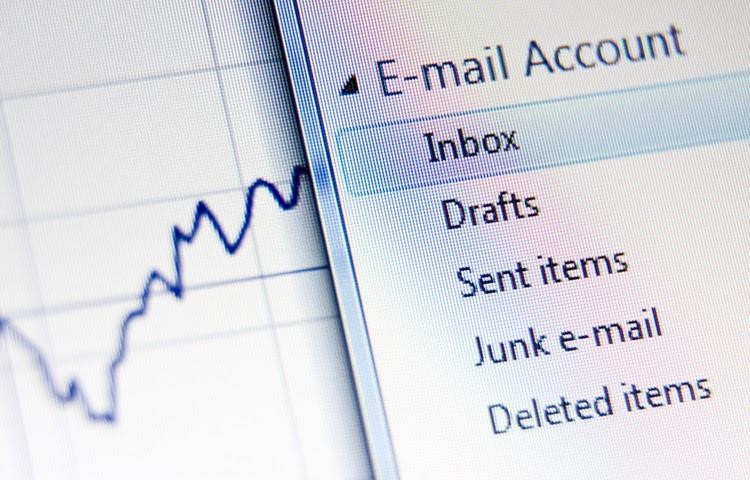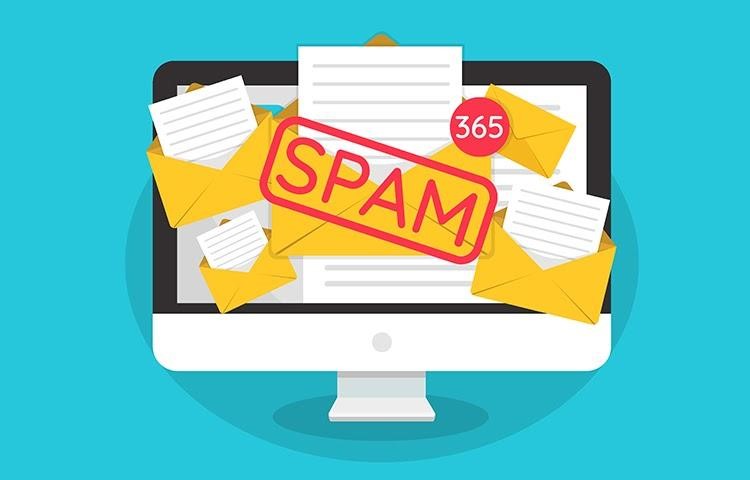You’ll never maximise returns from your email campaigns if you’re not tracking them. You have to know the numbers to adapt and optimise.
Email marketing is still one of the most effective strategies that you can use in your business.
This is despite the fact that there are some marketers out there who will tell you that emailing is dead.
Newsflash: it’s not.
However, you do need to pay attention to your campaigns to get the most out of them. If you’re not keeping track of the key numbers, your emails won’t offer the results that you need.
The great thing about email campaigns is that they’re eminently traceable. Most email clients provide you with pages of data that tell you what happened to your emails after sending them out.
Your job now is to take that data, figure out which parts matter most, and then adjust based on what you see.
And that’s the tricky part.
In this article, we’re going to look at some of the key metrics that will help you to optimise your campaigns.
Let’s start with one of the most important…

Metric #1 – Open Rate
The simplest of all email metrics is also one of the most crucial. Simply put, the open rate tells you how many people opened the email you sent in your last campaign.
It’s expressed as a flat percentage number.
For example, let’s say that you sent an email to 1,000 people on your list in your last campaign. If 200 people opened that email, you have an open rate of 20%. That may not be an awful rate for a cold campaign.
But if you’re sending this to people that you’ve already engaged with, that rate likely isn’t optimal.
The open rate is important because it can indicate several issues with your campaign.
The first is that the people on your list aren’t as engaged with your content as you need them to be. They don’t care enough, which is why they’re happy to skip over the email. As tough as it may sound, this suggests that you may need to clean your list.
At the very least, there are a bunch of people on it with whom you’re going to have to find a way of engaging.
A low open rate could also tell you that there are problems with how the email appears when it’s in an inbox. For example, it may suggest that your subject lines aren’t strong enough to convince people to click.
But in the simplest terms, a low open rate means there are major issues with your campaign. After all, you can’t expect to convert prospects into clients if none of your prospects even glance at your content.
The good news is that Automation Agency can help you to track this number. We specialise in creating automated email campaigns that provide you with all of the data that you need.
Get in touch with our Concierge Service to start a task.
Metric #2 – Click-Through Rate
So…you’ve got a large enough chunk of people who opened your email.
Now, you need to pay attention to how many of those people actually take the desired action after reading. In other words, you need to track how many of them click-through to your offer.
Again, we express this as a percentage. For example, if 200 people opened the email and 50 clicked through, that gives you a rate of 25%.
The click-through rate tells you how effective your content and CTA are.
You need your content to establish a key pain point for your audience and will position you as the problem solver. If you’re not doing that, people have no incentive to click your offer.
The CTA is a little trickier.
Not only do you need to have a strong CTA, but you also need to ensure it’s the right CTA for your audience.
For example, let’s say that you’re sending an email to people at the top of your funnel. These are the guys who’ve just discovered your business and want to learn more about you. However, the email you send has a CTA to buy your service.
How many of these top-of-funnel prospects do you think will click on the CTA?
It’s going to be a low number because these people aren’t ready to buy yet. They need a little nurturing before they’ll part with some cash.
So, your click-through rate tells you a lot about your content and your offer. You may need to adjust both if you’re getting a low number for this metric.
Metric #3 – Bounce Rate
The bounce rate tells you how many of your emails failed to reach the recipient. In other words, it shows you how many of them “bounced” back to the sender.
There are two categories to consider when working out your bounce rate:
- Hard Bounces – These are the emails that come back because it’s impossible to send them. One of the most common instances for this is that the email address does not exist.
- Soft Bounces – These emails don’t get delivered because of a temporary problem. For example, the recipient’s email server may have a few issues. Or, they have a full inbox, which means the email has to bounce back.
Soft bounces tend to resolve themselves fairly quickly. The email will automatically send when the temporary issue gets resolved.
It’s the hard bounces that you have to worry about. These suggest that your email list needs cleaning, as there are clearly addresses on it that don’t exist. These email addresses can also skew your numbers, which is another reason to get rid of them.
The bounce rate is also one of the key metrics that Internet Service Providers use when deciding your reputation as a sender. If there are a lot of bounces, this suggests that you don’t pay proper attention to your list.
This could lead to your emails getting marked as spam, which means even fewer people read them.
Metric #4 – Conversion Rate
This is a simple one.
How many people who clicked through from your email actually convert into customers?
This tends to be a fairly low percentage. However, an extremely low number, such as something along the lines of 0.2%, tells you that there’s a problem with your offer.
Typically, this means that you haven’t done enough with your content to show that you provide a solution to the client’s problem. That means a little tweaking of the offer is in order if you’re to raise this rate.
Metric #5 – List Growth Rate
This metric helps you to track the rate at which your email list grows.
Let’s say you’re doing this for the month. You subtract the number of unsubscribes for the month from the number of new subscribers. Then, you divide that number by the sum total of email addresses on your list.
Multiply the result by 100 and you have your percentage.
You always want to see a positive number here. If the percentage dips into the minus numbers, this suggests that your marketing efforts aren’t working. It may also tell you that you need to adjust your content to reduce the number of people who unsubscribe.
Metric #6 – Spam Score
This is a tougher metric to track as there’s no set standard for a spam score.
Many prospects will use anti-spam software to stop their inbox from getting clogged up. These types of software analyse an entire email and assign it a score.
If the score goes above a certain threshold, the email gets sent straight to spam.
The issue here is that each software will have its own issues that it looks out for. Furthermore, each will apply different weights to each of these issues.
It’s worth downloading an anti-spam software and running your email through it before sending it out.
On a general level, you’ll also want to avoid the red flags that these types of software look for. These include things like clickbait subject lines or subject lines that mislead the reader. You’ll also want to ensure that it’s clear who’s sending the email.
Of course, this metric is important because you don’t want your emails to end up in the spam folder. If this happens, the recipient won’t read the email as they won’t realise they’ve received it.

Measure Your Metrics
It’s not enough to track one or two of these metrics for your email campaign. You need to measure every single one to gain optimal results.
The good news is that Automation Agency can help you with this. We can set up automated email campaigns on your behalf that generate all of the data that you need. Just send a task to the Concierge Service to find out how.
Of course, you may not be a member of the service yet. If that’s the case, talk to our Right Fit Chatbot to find out if we’re a good fit for you.

